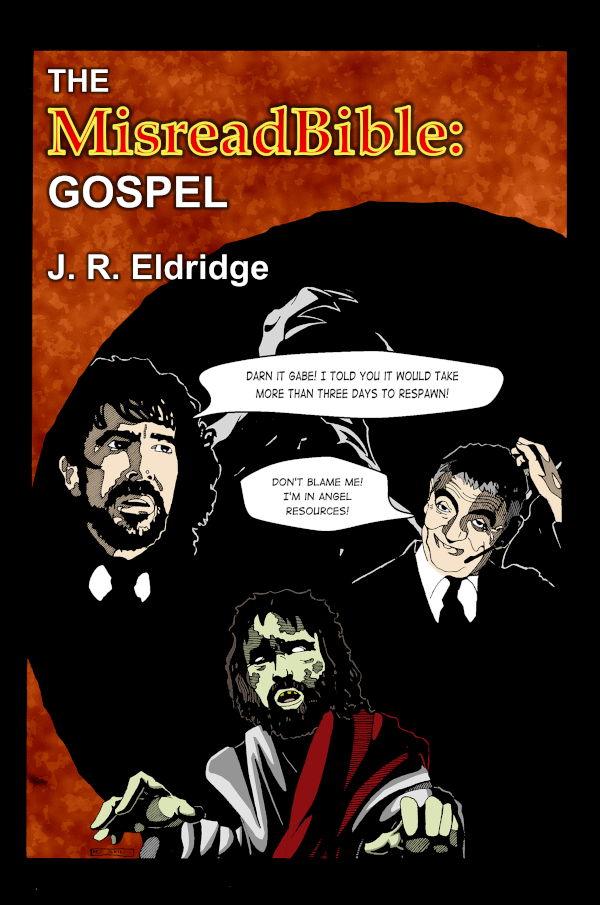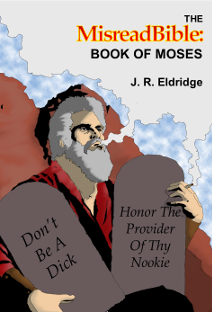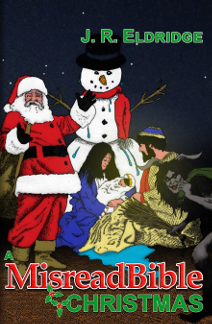Quit Ruining Passover by not Celebrating Sukkoth!
I was invited to take part in a livestream recently to discuss Holy Week (the week leading up to and including Easter). I was quite nervous because I don’t usually participate in livestreams, so I took a lot of notes in case my mind went blank. Well, as it happened, we didn’t discuss Holy Week very much. That’s fine, I still had a lot of fun, and I got to interact with some friendly new people. So, I’ve decided to put the notes to good use and write a blog post about Palm Sunday.
Palm Sunday is a celebration of Jesus’s ‘triumphal entry’ into Jerusalem before his trial and crucifixion (Mark 11, Matthew 21, Luke 19, John 12). The story begins as Jesus and his disciples near Bethphage and Bethany, and he wants to acquire transport so that he can ride into Jerusalem. In the Synoptic Gospels, he sends two of his disciples to find a donkey, but in John, he does it himself. Matthew’s version is the most bizarre of the three because rather than riding on a single donkey, Jesus rides two simultaneously like some kind of rodeo clown!
You see, there was this ‘prophecy’ in Zechariah 9:9, which read:
‘Rejoice greatly, Daughter Zion!
Shout, Daughter Jerusalem!
See, your king comes to you,
righteous and victorious,
lowly and riding on a donkey,
on a colt, the foal of a donkey.’
Both Matthew and John (mis)quote it, but Matthew’s version adds the word ‘and’ (Matthew 21:5):
‘Say to Daughter Zion,
“See, your king comes to you,
lowly and riding on a donkey,
and on a colt, the foal of a donkey.”’
So, in order to make the episode fit the prophecy, Matthew has Jesus riding both a donkey and her colt.
In all four stories, people line the streets to greet him, but weirdly, despite it being the lead-up to Passover, they appear to be celebrating the festival of Sukkoth; waving palm leaves, shouting out, ‘Hosanna!’ and quoting Psalm 118. Passover occurs in the spring, during the month of Nisan (March/April), but Sukkoth is a harvest festival that falls in Tishrei (September/October).
Sukkoth is also known as the Festival of Ingathering as it falls at the time when the harvest is gathered, or Festival of Booths after the small dwellings (sukkah) made of plant materials such as palm leaves that the farmers would live in when they gathered the harvest.
During this festival, the Jews recite the Hoshanot, which includes cries of, ‘Hosanna!’ (please save us) as the priests carry palm or willow branches. Another tradition is to build sukkah decorated with the Four Species; four plants mentioned in the Torah (Leviticus 23:40): citrus trees, palm trees, leafy trees, and willows of the brook/valley. In the Talmud, these are given as the fruit of a citron tree (the etrog), a closed frond from a date palm tree, a myrtle tree branch, and a willow branch. The Hallel (taken from Psalms 113–118), which is a Jewish prayer recited during Jewish festivals, is recited in full on Sukkoth.
So, why were the people who went to view Jesus before Passover celebrating Sukkoth? One can only speculate, but it does cast doubt on the historicity of the story.





